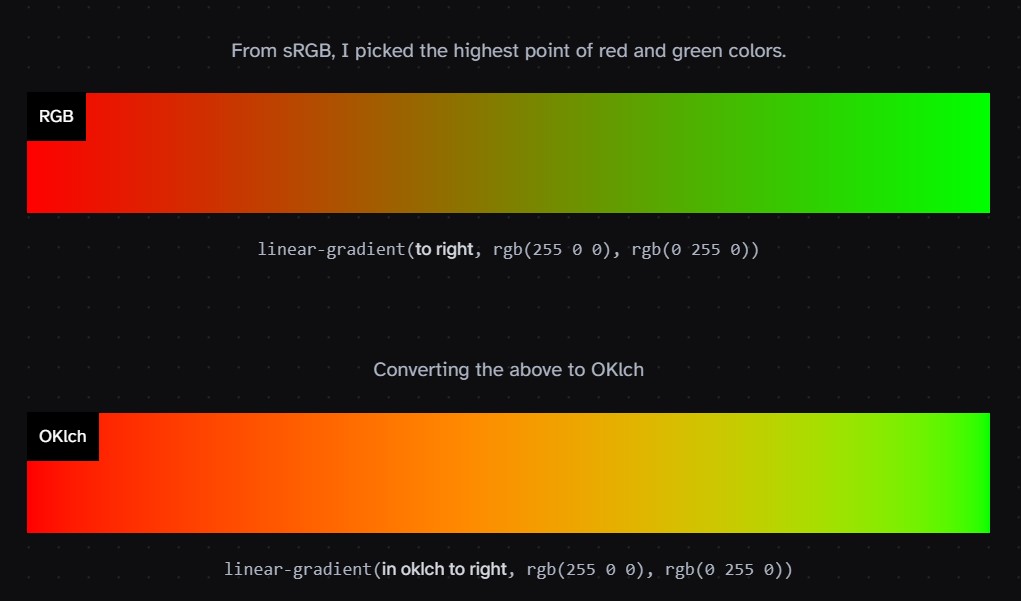-
Why Streaming Content Could Be Hollywood’s Final Act
https://www.forbes.com/sites/carolinereid/2024/10/24/why-streaming-could-be-hollywoods-final-act/
The future of Hollywood was reshaped in 1997 with the founding of Netflix, an innovative mail-order DVD rental business by Reed Hastings and Marc Randolph. Unlike traditional rentals, Netflix allowed subscribers to retain DVDs as long as they wanted but required returns before ordering more, allowing the company to collect uninterrupted subscription fees. By 2009, Netflix was shipping nearly a billion DVDs annually but had already set its sights on streaming. The transition to streaming, launched in 2007, faced initial challenges due to limited broadband availability but soon became popular, outpacing the DVD business and bringing Netflix millions of subscribers.
Netflix’s dominance drove traditional media giants to reevaluate their strategies. Disney, initially hesitant, eventually licensed its vast library to Netflix, contributing to the latter’s rise. However, by 2017, Disney pivoted to launch its own platform, Disney+, breaking its Netflix partnership and acquiring 21st Century Fox for content diversification. Disney’s decision sparked a broader industry shift as other studios also developed streaming services, aiming to retain full revenue from direct-to-consumer content instead of sharing it with theaters or traditional networks.
Disney+ quickly gained traction, especially during the pandemic, reaching millions of subscribers and temporarily boosting Disney’s stock. However, the reliance on streaming and subscriber growth strained Disney financially, with high operating costs and content expenses. Content exclusivity backfired, creating complexity for fans, particularly with interconnected Marvel shows, and contributing to user dissatisfaction. Additionally, Disney’s decision to release films like Black Widow simultaneously in theaters and on streaming led to backlash, lawsuits, and lost box office revenue, highlighting the downsides of simultaneous releases.
Facing ballooning expenses and subscriber attrition post-pandemic, Disney’s leadership returned to more traditional revenue models, emphasizing exclusive theater releases and licensing content to third parties. They also introduced cost-saving measures like job cuts and content reductions to stabilize financial losses. This shift echoes a partial return to pre-streaming industry norms as Disney and other studios explore “always-on” channels within their streaming platforms, aiming to balance direct consumer access with sustainable profit models.
-
Björn Ottosson – OKlch color space
Björn Ottosson proposed OKlch in 2020 to create a color space that can closely mimic how color is perceived by the human eye, predicting perceived lightness, chroma, and hue.
The OK in OKLCH stands for Optimal Color.
- L: Lightness (the perceived brightness of the color)
- C: Chroma (the intensity or saturation of the color)
- H: Hue (the actual color, such as red, blue, green, etc.)

Also read:
-
Motionity – The free, open source web-based motion graphics editor for everyone
https://www.producthunt.com/products/motionity
Motionity is an free and open source animation editor in the web. It’s a mix of After Effects and Canva, with powerful features like keyframing, masking, filters, and more, and integrations to browse for assets to easily drag and drop into your video.
-
Open Shading Language (OSL) by Larry Gritz
Open Shading Language (OSL) is a small but rich language for programmable shading in advanced renderers and other applications, ideal for describing materials, lights, displacement, and pattern generation.
https://open-shading-language.readthedocs.io/en/main/
https://github.com/AcademySoftwareFoundation/OpenShadingLanguage
https://github.com/sambler/osl-shaders
Learn OSL in a few minutes
https://learnxinyminutes.com/docs/osl/ -
Q2 2024 Global Production Report
https://prodpro.com/blog/q2-2024-global-production-report/
What’s important: Over the past 6 months, the total number of productions filming globally in 2024 is still 16% lower than in 2022, and 37% lower in the US.
Why it matters: The lower volumes are here to stay.
-
Managers’ Guide to Effective Annual Feedback
https://peterszasz.com/engineering-managers-guide-to-effective-annual-feedback
The main goals of a regular, written feedback cycle are:
- Recognition, support for self-reflection and personal growth
- Alignment with team- and company needs
- Documentation
These promote:
- Recognize Achievements: Use the feedback process to boost morale and support self-reflection.
- Align Goals: Ensure individual contributions match company objectives.
- Document Progress: Keep a clear record of performance for future decisions.
- Prepare Feedback: Gather 360-degree feedback, focus on examples, and anticipate reactions.
- Strength-Based Approach: Focus on enhancing strengths over fixing weaknesses.
- Deliver Feedback Live: Engage in discussion before providing written feedback.
- Follow-Up: Use feedback to guide future goals and performance improvement.
-
GIL To Become Optional in Python 3.13
GIL or Global Interpreter Lock can be disabled in Python version 3.13. This is currently experimental.
What is GIL? It is a mechanism used by the CPython interpreter to ensure that only one thread executes the Python bytecode at a time.
https://medium.com/@r_bilan/python-3-13-without-the-gil-a-game-changer-for-concurrency-5e035500f0da
Advantages of the GIL
- Simplicity of Implementation: The GIL simplifies memory management in CPython by preventing concurrent access to Python objects, which can help avoid race conditions and other threading issues.
- Ease of Use for Single-Threaded Programs: For applications that are single-threaded, the GIL eliminates the overhead associated with managing thread safety, allowing for straightforward and efficient code execution.
- Compatibility with C Extensions: The GIL allows C extensions to operate without needing to implement complex threading models, which simplifies the development of Python extensions that interface with C libraries.
- Performance for I/O-Bound Tasks: In I/O-bound applications, the GIL does not significantly hinder performance since threads can be switched out during I/O operations, allowing other threads to run.
Disadvantages of the GIL
- Limited Multithreading Performance: The GIL can severely restrict the performance of CPU-bound multithreaded applications, as it only allows one thread to execute Python bytecode at a time, leading to underutilization of multicore processors.
- Thread Management Complexity: Although the GIL simplifies memory management, it can complicate the design of concurrent applications, forcing developers to carefully manage threading issues or use multiprocessing instead.
- Hindrance to Parallel Processing: With the GIL enabled, achieving true parallelism in Python applications is challenging, making it difficult for developers to leverage multicore architectures effectively.
- Inefficiency in Context Switching: Frequent context switching due to the GIL can introduce overhead, especially in applications with many threads, leading to performance degradation.
https://geekpython.in/gil-become-optional-in-python
-
Ben Gunsberger – AI generated podcast about AI using Google NotebookLM
Listen to the podcast in the post
“I just created a AI-Generated podcast by feeding an article I write into Google’s NotebookLM. If I hadn’t make it myself, I would have been 100% fooled into thinking it was real people talking.”
-
Apple releases Depth Pro – An open source AI model that rewrites the rules of 3D vision
The model is fast, producing a 2.25-megapixel depth map in 0.3 seconds on a standard GPU.
https://github.com/apple/ml-depth-pro
https://arxiv.org/pdf/2410.02073
-
Anders Langlands – Render Color Spaces
https://www.colour-science.org/anders-langlands/
This page compares images rendered in Arnold using spectral rendering and different sets of colourspace primaries: Rec.709, Rec.2020, ACES and DCI-P3. The SPD data for the GretagMacbeth Color Checker are the measurements of Noburu Ohta, taken from Mansencal, Mauderer and Parsons (2014) colour-science.org.
-
Björn Ottosson – How software gets color wrong
https://bottosson.github.io/posts/colorwrong/
Most software around us today are decent at accurately displaying colors. Processing of colors is another story unfortunately, and is often done badly.
To understand what the problem is, let’s start with an example of three ways of blending green and magenta:
- Perceptual blend – A smooth transition using a model designed to mimic human perception of color. The blending is done so that the perceived brightness and color varies smoothly and evenly.
- Linear blend – A model for blending color based on how light behaves physically. This type of blending can occur in many ways naturally, for example when colors are blended together by focus blur in a camera or when viewing a pattern of two colors at a distance.
- sRGB blend – This is how colors would normally be blended in computer software, using sRGB to represent the colors.
Let’s look at some more examples of blending of colors, to see how these problems surface more practically. The examples use strong colors since then the differences are more pronounced. This is using the same three ways of blending colors as the first example.
Instead of making it as easy as possible to work with color, most software make it unnecessarily hard, by doing image processing with representations not designed for it. Approximating the physical behavior of light with linear RGB models is one easy thing to do, but more work is needed to create image representations tailored for image processing and human perception.
Also see:
-
EVER (Exact Volumetric Ellipsoid Rendering) – Gaussian splatting alternative
https://radiancefields.com/how-ever-(exact-volumetric-ellipsoid-rendering)-does-this-work
https://half-potato.gitlab.io/posts/ever/
Unlike previous methods like Gaussian Splatting, EVER leverages ellipsoids instead of Gaussians and uses Ray Tracing instead of Rasterization. This shift eliminates artifacts like popping and blending inconsistencies, offering sharper and more accurate renderings.
COLLECTIONS
| Featured AI
| Design And Composition
| Explore posts
POPULAR SEARCHES
unreal | pipeline | virtual production | free | learn | photoshop | 360 | macro | google | nvidia | resolution | open source | hdri | real-time | photography basics | nuke
FEATURED POSTS
Social Links
DISCLAIMER – Links and images on this website may be protected by the respective owners’ copyright. All data submitted by users through this site shall be treated as freely available to share.




